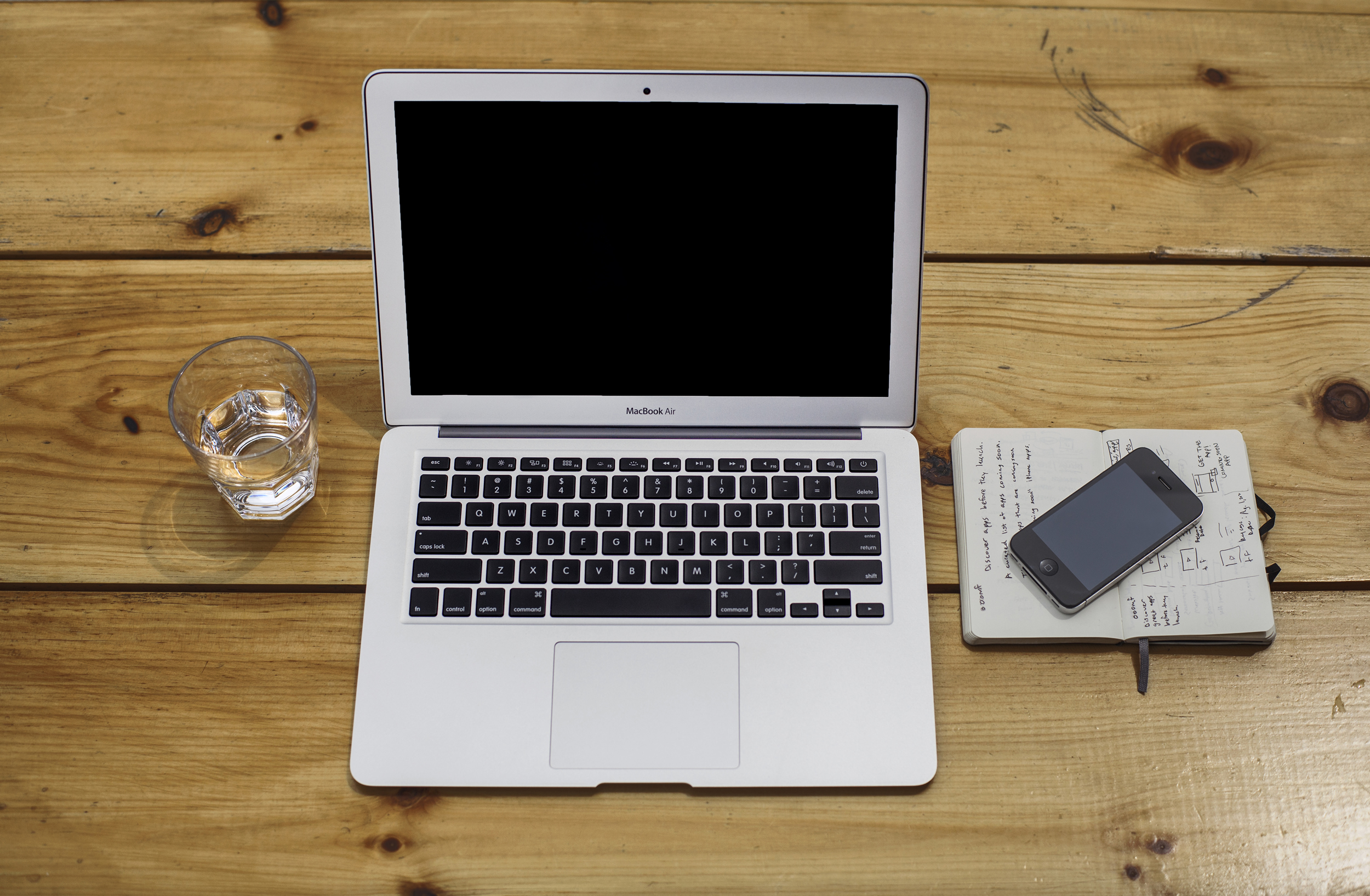We at the Lead Domino and the good folks at theONEthing.com can help you answer the following questions:
Are you ready to make a change in your life, and that change requires you to build a new habit?
If you answered, “Yes”, where do you start?
In The ONE Thing, we explain that the hardest part about building habits is establishing them. They require discipline to begin, but luckily, once you’ve dedicated time to create a habit, it takes far less energy to maintain it.
How long does it take for your hard work to pay off?
Researchers at the University College of London determined that it takes an average of 66 days to acquire a new habit. Depending on the type of habit you’re trying to build, the range of time needed to acquire a habit can take between 18 and 254 days, with easier behaviors taking fewer days on average and tougher habits taking longer. Still, 66 days represents what we call the “sweet spot” for habit formation.
And that’s where our 66-Day Calendar comes into play.
Once you’ve chosen a habit to focus on building, you can use the calendar to track your progress. The idea is to mark off every day you accomplish your goal with an X, and by doing so, holding yourself accountable to the results you desire to achieve.Make no mistake, the seemingly simple act of drawing on your calendar greatly contributes to your motivation.You’re knocking over your most important domino day after day. The string of successes you are building on the 66-day Calendar is your visual representation of the momentum you’re creating on the journey toward achieving your goal of establishing a new habit.
Consider for instance building the business-minded habit of making five prospecting calls every morning. Write “Customer Prospecting” down on the 66-Day Calendar, circle the “Business” area of your life and indicate your start day. Then, start building your chain of Xs by completing your activity every single day and giving yourself credit for it. Once you’ve made all of your prospecting calls, draw an X that corresponds to the day you’ve completed your challenge. Don’t cheat and don’t break the chain.
Habit formation is not an easy task. Habits take time and discipline to develop, so if you get frustrated, don’t give up too soon. You’ll find that the activity gets easier and easier to complete as time passes and your actions become a routine part of your daily life.
Because you will like what you see when you start to acquire a chain of Xs on your calendar, the 66-Day Calendar is a great personal accountability tool. Once you have the start of a chain under your belt, the natural inclination is to not want to break that chain. This helps make the things you want to do in life become habitual.
Want even more accountability?
Post your 66-Day Calendar where others can see it and track your success, such as on your office door. And remember, you can apply the habit-building behaviors to more than just your professional activities. There are many areas of life that can benefit from the 66-Day Calendar. Consider challenging yourself to build habits that improve your physical health, your financial life, and relationships.
Download Your Free Copy of the 66 Day Calendar Here!









